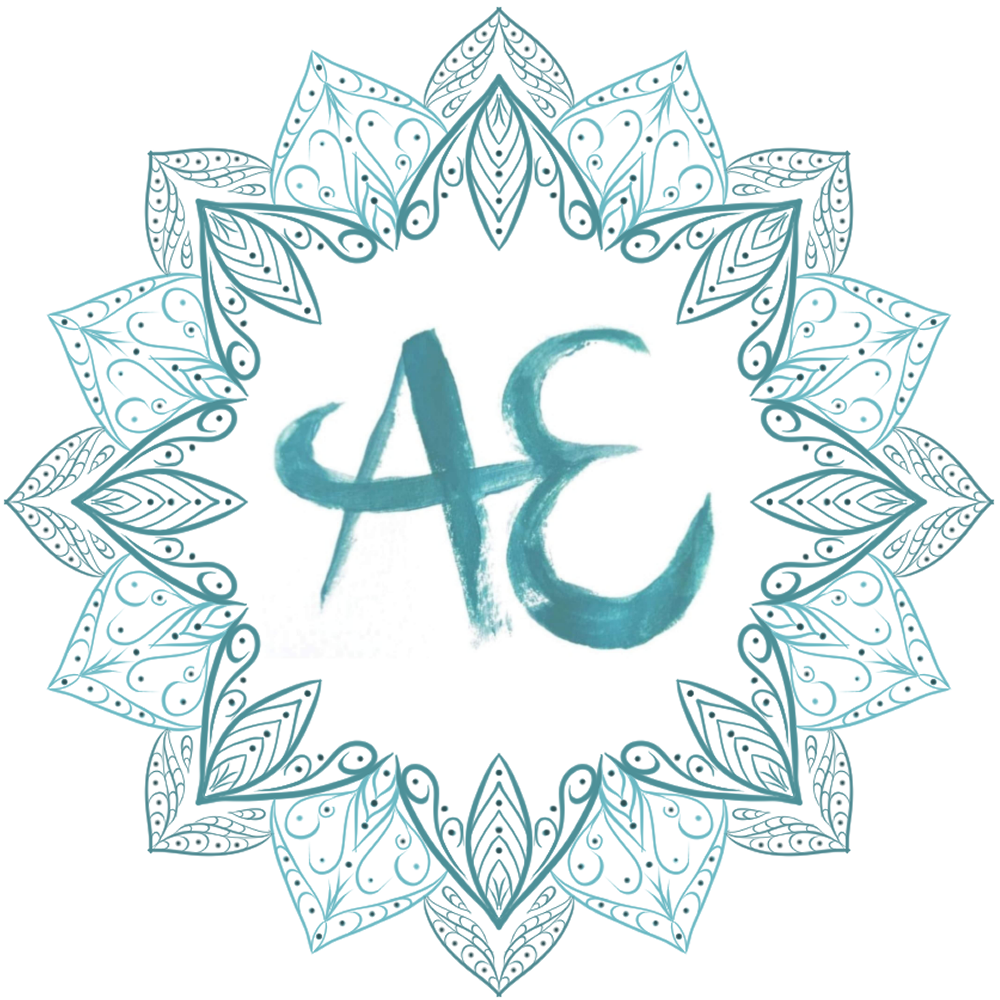Uncertainty…
A different perspective, a challenging view and a few tips. Read with an open mind.
You may or may not get something from this, I guess it’s uncertain.
Humans are simple creatures. We like to sit in the same chair we sat in yesterday. We like to eat familiar foods. We go on holiday; we enjoy it and then we look forward to coming home so we can sleep in our own beds. Humans are also natural pattern spotters. We expect that through investigation we can identify the force that caused the pattern or apparent random happening. Understanding the probable cause gives humans hope that we can improve predictability and therefore safety. If we can remove uncertainty, we can increase predictability. Predictability means always behaving or occurring in the way expected. Predictability is known to improve humans’ sense of safety.
Our nervous system responds to certainty and uncertainty. Our parasympathetic nervous system (think parachute bringing us back to earth) keeps our heart rate steady and relaxes our muscles. Our sympathetic nervous system triggers in the face of uncertainty and threat, this is what makes our heart beat fast and moves our blood to more useful parts of our body. When we freeze, the amygdala (part of the brain that detects danger) tells the body to stop moving (could be compared to natures ‘playing dead’). We are literally hard wired to keep ourselves safe.
Unfortunately, the general public, the layman, the average girl and guy does not have the theoretical understanding of quantum physics and data etc. to find the answer to everything (except Stephen Hawking). For even if we could predict everything, who’s to say we could do anything about it anyway? We have to admit and accept that things will happen that are out of our control. We have to let go of our belief that we can solve, and therefore protect ourselves against everything predictable and unpredictable. Nature is often much smaller (tiny little cells) and bigger (tsunamis), stronger and more chaotic than what we care to admit. Just watch something ft. David Attenborough!
We try and guess the future (whether that is based on codes, the news or our imagination) to try and prepare, as one of the most powerful influences on fear is uncertainty. People tend to overestimate the risks and negative consequences (worst case scenario) that may result from a situation. If we are prepared for every eventuality we can feel less at risk, less in danger. But is this possible, to prepare for every eventuality? Do we have the resources? Or even the brain capacity/intellect as humans to do so? Humans prepared for a respiratory virus by stock piling toilet paper. I rest my case. A great quote from Psychology today says ‘I predict that far in the future, people will still be trying to predict what will happen far into the future’ (Ropeik, 2011).
Our brains are great tricksters, our memories are notoriously unreliable. We seem to downplay or forget what risk we have put ourselves in before. We chose to believe that we will die on an air-plane when the statistically highest risk of dying is in the car journey back from the airport to home. We continue to put ourselves at risk every day, even just by where we live, the climate we live in, the creatures we live around, the street we live on, the car we drive, the jobs we do… Yet we see these as certainties, as predictable. Is this because we are used to exposing ourselves to these risks every day, because we choose to deny our brains to worry about these risks or is ignorance really bliss?
So, we like predictability to keep us and our loved ones safe. We may or may not be able to act on, or prepare for, our perceived future based on our uncertainty. We may be subject to experiencing things that are out of our immediate control. We have experienced uncertainty before, we can experience it again.
What you can do:
ACCEPT
Accept that there is only so much you can do right now (this is accepting that you are human, not a powerful universe being). But just because you are only human (sorry) it does not mean you are powerless (horah). Things will unfold soon enough. In the meantime, the way you treat yourself and others, is in your control. Check in on your elderly neighbour. Walk your friends’ dog. Be as safe as you can be, not scared.
FLIP
We might try thinking through how things could go wrong. So, let’s try and flip our mindset, think opposite and think about how things can go right!
REFLECT
Reflect on what you did in the past to help you with uncertainty. Talking to family? Writing a worries list. Write an ‘in my control/ out of my control’ list. What ever worked before, do it again.
SEE THE POSSIBILITY
Uncertainty is scary and a threat, but uncertainty also means possibility and experimentation. What good thing ever happened without taking a little risk?
AVOID AVOIDANCE
Avoid avoidance… seems ironic right? The more we let worry and anxiety about the future eat us away, the more power it has. We become a shell of ourselves and lose those individual sparks we have. Be realistic and as safe as you can be, but there are consequences for not facing your fears in some form (maybe with help).


